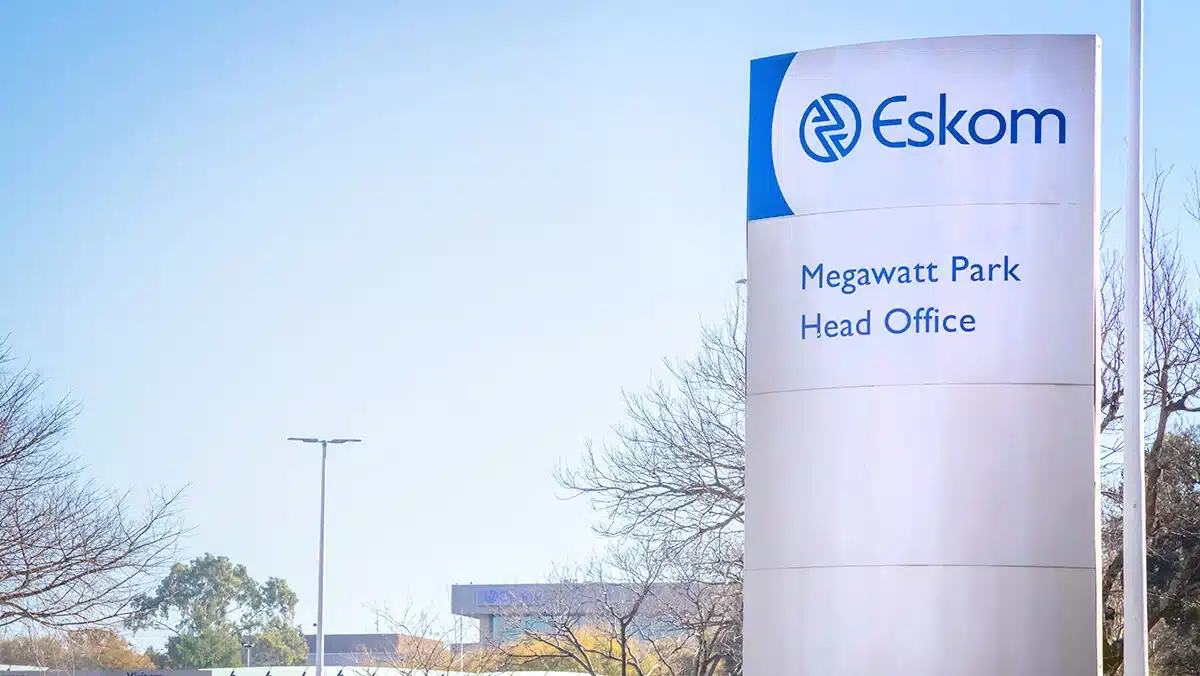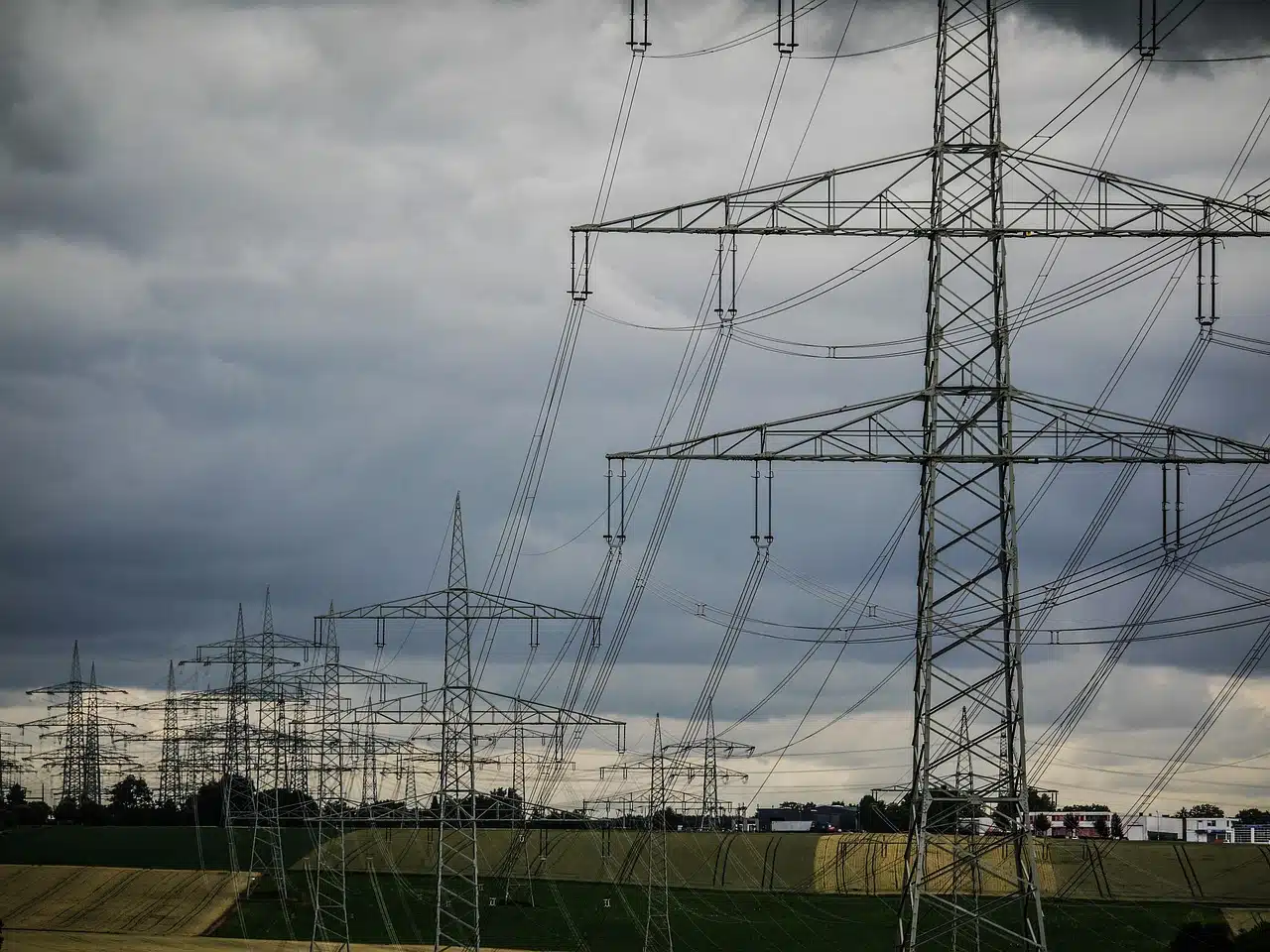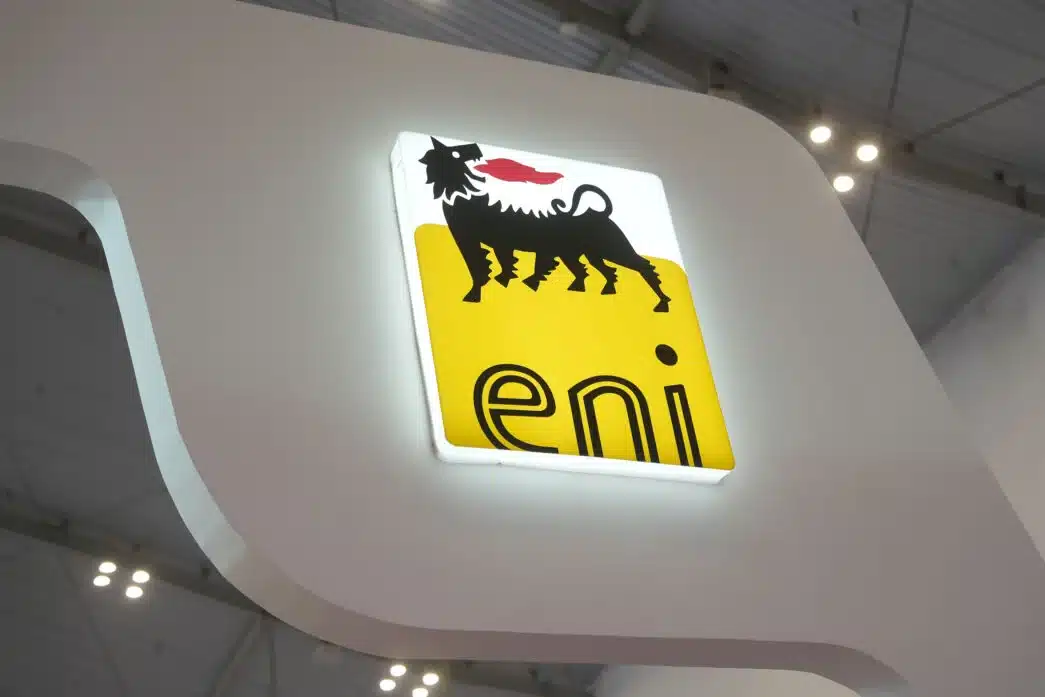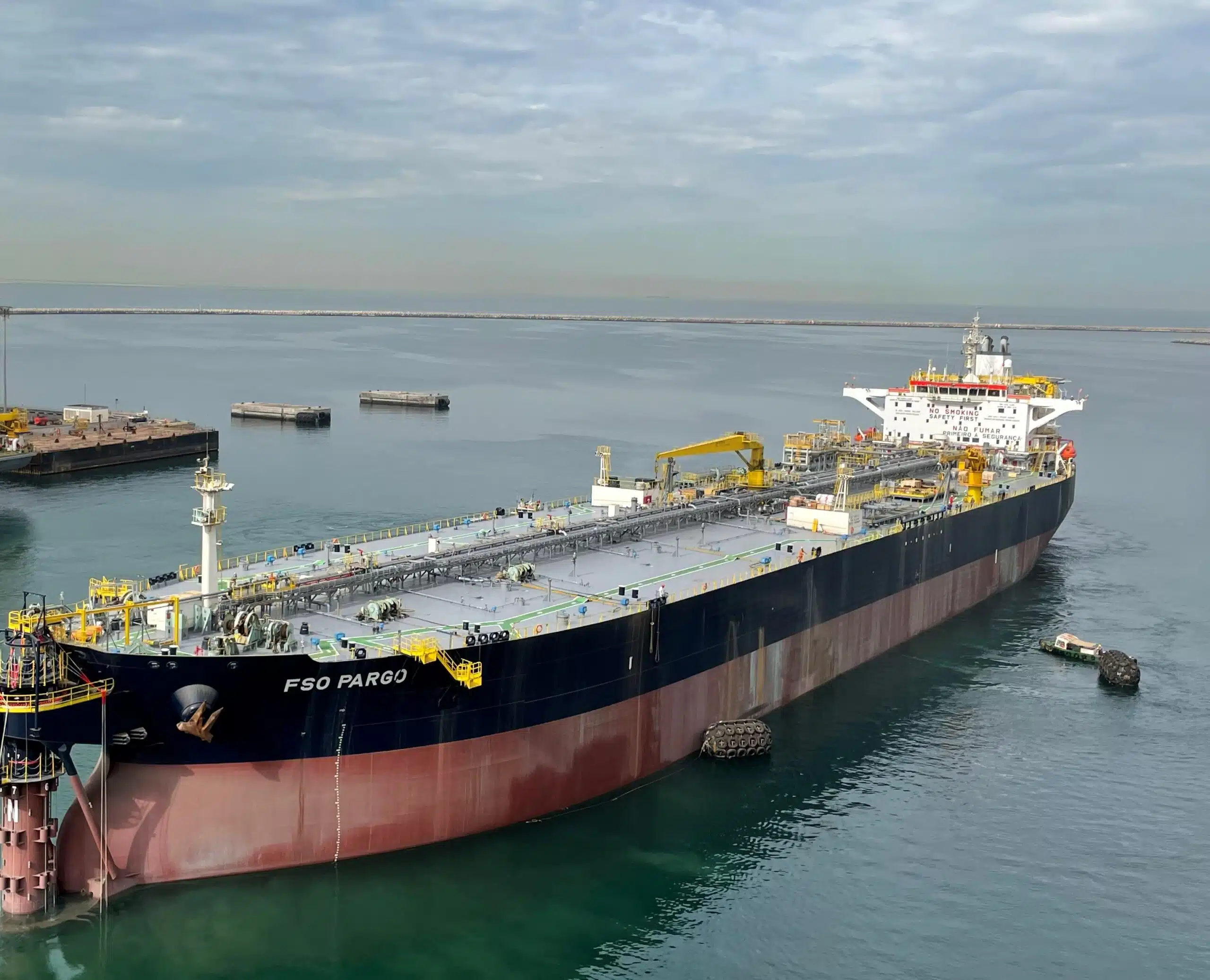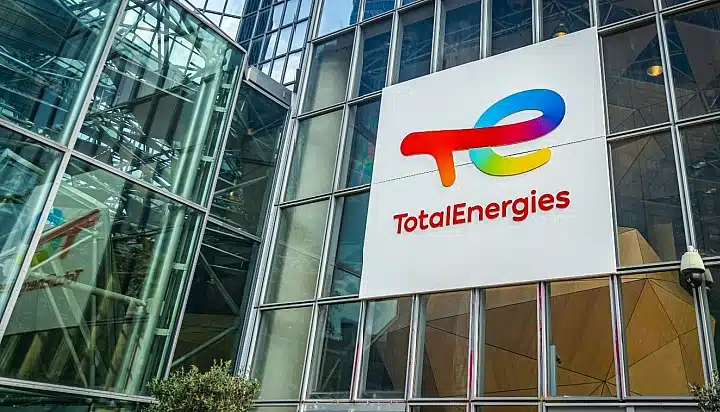Namibia is set to break ground on the construction of the 100 megawatt (MW) Sores-Gaib Power Station.
The project, led by the state power utility NamPower, will be the largest solar photovoltaic (PV) power station in the country and is a vital step in the country’s efforts to reduce dependence on imported electricity and expand its renewable energy capacity.
NamPower’s CEO, Simson Haulofu, said the Sores | Gaib solar plant is NamPower’s largest to date, and that integrating solar power will stabilise electricity tariffs and support broad economic growth.
“The project lays a foundation for an environmentally conscious future, reflecting long-term sustainability goals”, Haulofu said.
The Sores-Gaib Power Station, located 33 kilometres northwest of Rosh Pinah in the Karas Region of Namibia, will cost N$1.6 billion ($88 million) to build.
The groundbreaking ceremony set for Thursday, 19 June 2025, will officially launch construction, which is expected to take approximately 18 months, with commercial operations to commence by the second quarter of 2026.
In September of 2024, NamPower signed a contract with China Jiangxi International Economic and Technical Cooperation Co. Ltd and Zhejiang Chint New Energy Development Co. Ltd, to handle the engineering, procurement and construction tasks of the project.
The construction cost of $88 million will be 80% funded by a concessional loan from Germany’s KfW development bank, with NamPower covering the balance.
At present, Namibia’s total installed generation capacity stands at about 500–611 MW, of which roughly 145 MW is contributed by solar power plants.
When the plant becomes operational, it will raise solar PV’s share to almost one-third of national capacity, which is a major milestone in the nation’s green energy transition.
The project site will host approximately 300,000 solar panels across some 300 hectares, engaging up to 800 workers during peak construction, with 95% of the workforce expected to be Namibian.
Namibia has steadily ramped up solar infrastructure over the past decade.
From small-scale RefFit IPP plants feeding the grid since 2015, such as the Omburu 20 MW station commissioned in June 2022, to recent allocations totalling 330 MW of solar energy capacity in the 2024 procurement plan, the country is progressively reducing its reliance on imports from South Africa and Zambia.
Most recently, Namibia secured $106 million to fund the development and construction of the 44-megawatt (MW) Diaz Wind Project located near Lüderitz in the Karas Region.
While the country views solar energy as the future, it also seeks to reduce its dependence on the power source due to its inability to generate electricity outside sunshine hours.
The country’s Electricity Control Board (ECB) is seeking the development of a base load power plant fuelled by biomass so as to reduce reliance on solar power.



